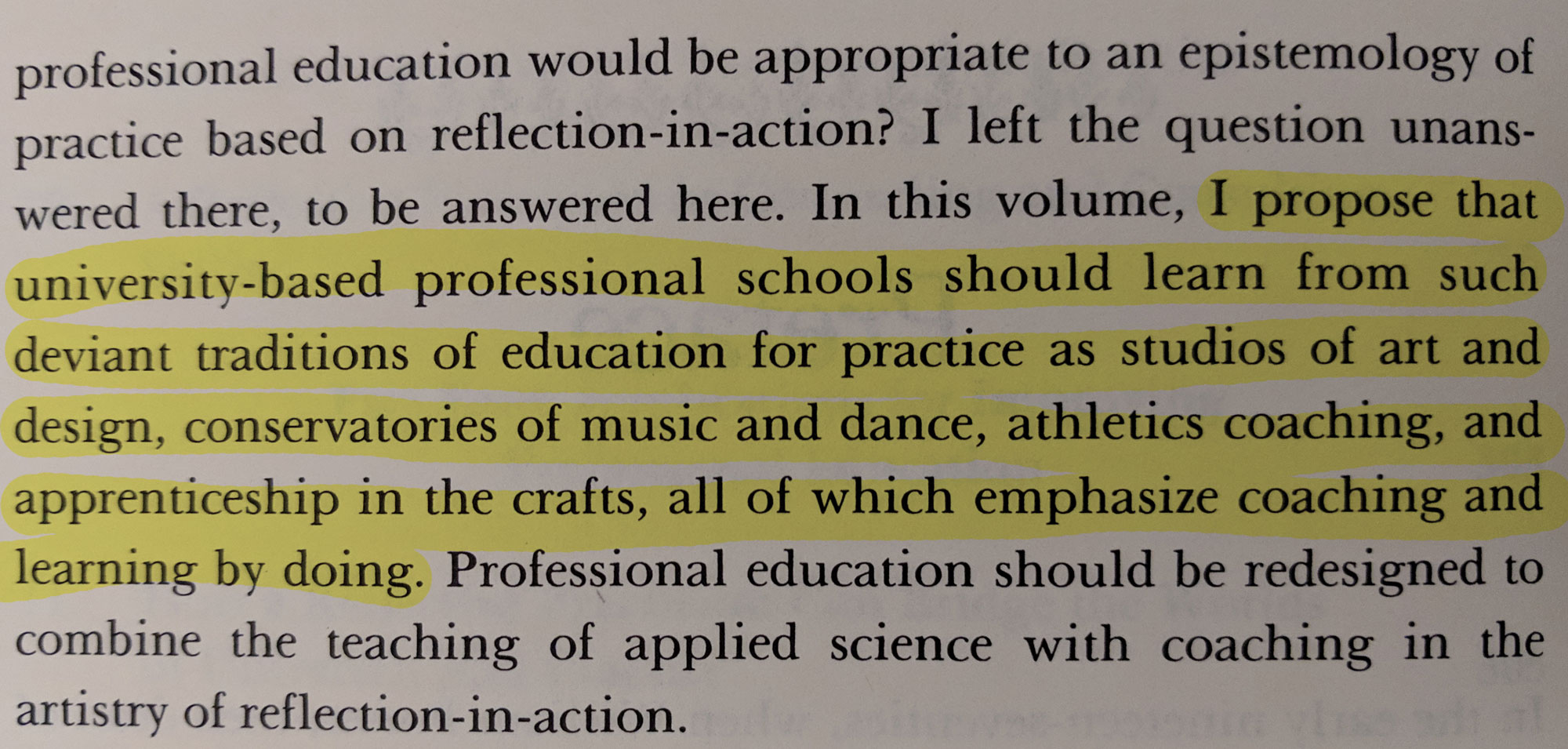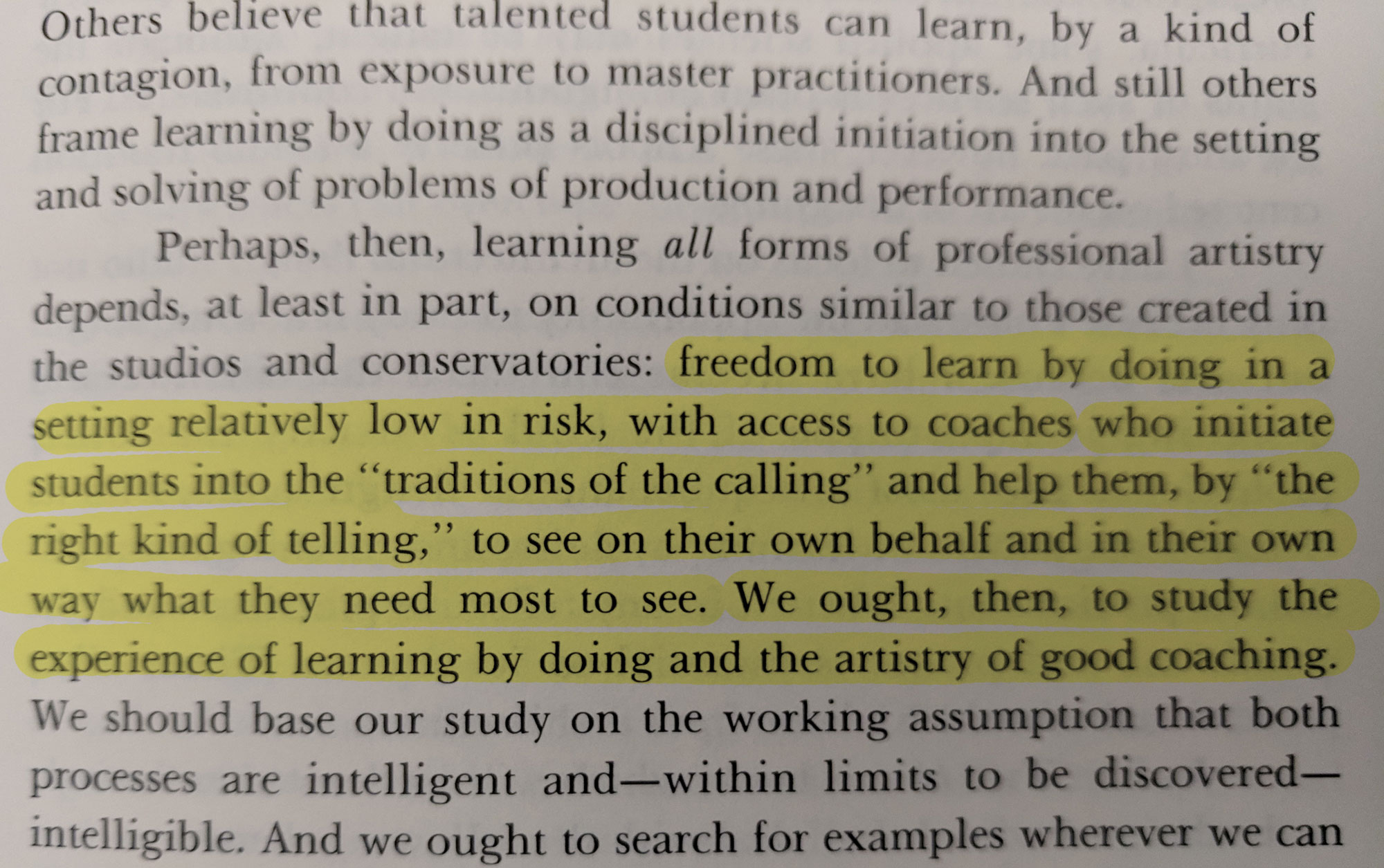What are we doing here? As we share these grand visions of learning or terrible stories of woe, what are we doing?
I remember when I changed my mind about how all this writing was all beneficial to me, or us. Initially, I had thought that by sharing these remarkable and not so remarkable stories with one another we would grow our collective intelligence and become better educators. And I was happy.
But then I realized that the “doing” of the work was each faculty sitting alone, before the empty paper or document, and writing out the thoughts and reflections on our common practice. I likened that to my days as a poet. Originally, I had wanted to change the world with my poems. Then, at some point later, I realized the words had all been meant for me. Too change me. That was their purpose.
When I left for Washington, I was given a book by the wonderful Bev Santo. She and her husband, long time Prescott College hero Jim Stuckey, have long inspired me in the art of teaching and learning. The book she gave me was titled “Educating the Reflective Practitioner.” The first part of the book outlines the challenges we face in education as experts in content, but with little or no formal training in say, group dynamics, or psychology. It references Dewey frequently, and it and ponders an academic setting where the faculty (and other professionals) are active learners in the work of teaching, and more importantly, learning.

I also recall how exciting it was to hear from Mark Shelley one day that some of the writing had started “hallway conversations” and that some of these textual wonderings had transformed into audio. I know that seems simple, but it seemed to be movement toward some goal.
If we are not safe in places to reflect on our work and engage in hallway conversations that may be at odds with current trends or policy, we are certainly lost. Or at least, we are not “wondering forward.” Being able to express our hopes and fears, there alone with the paper or computer, in a poem or essay is a place to begin. It should be a safe place to wonder. It is how we will make progress.
Here in Washington, just like there at Yavapai, a survey was sent out in reaction to the frustrations of faculty and staff feeling like their voice was heard. Or that the leadership seemed distant and inaccessible. The same plan of action came down from those at the top. “We will hold monthly “conversations.” We will change our communication strategy. And of course, nothing changed. The leadership thought we wanted fewer and fancier emails, but we just wanted to “feel” heard. We wanted coaches, not updates.
And I suppose that very notion of “feeling” is where reflection can be powerful. Especially, when those feelings are moved into the classroom or administrative meeting. And those “feelings” come from places more like a dance than scripted agenda. They “feel” more like a song than a finely detailed syllabus. They “feel” more like a beautiful sunset than the wording in some policy. After all, we know academic experiences with nearby emotions are remembered longer, and more deeply “learned.”

Like students, we want to be heard. We want our ideas to be taken seriously. And I do think this 9x9x25 or 6×16 adventure has done some of that.
As I sit here in an empty office on the day before the mid-term elections, I am listening to “Won’t Get Fooled Again”, by the Who, and I feel good and empowered. These are my words. I hope I remember to speak my truth to the administrators who I wander into or intentionally seek out. To be courageous in my writing and in my actions. This is practice. I am reminded of that every moment with an old macramé wall hanging my mom made 45 years ago with a quote from the artist Paul Klee.

These are concepts I was reflection on as well. It is important to engage with the other bloggers so that we don’t feel so alone in front of that empty page but you are right that the reflection time is very important.